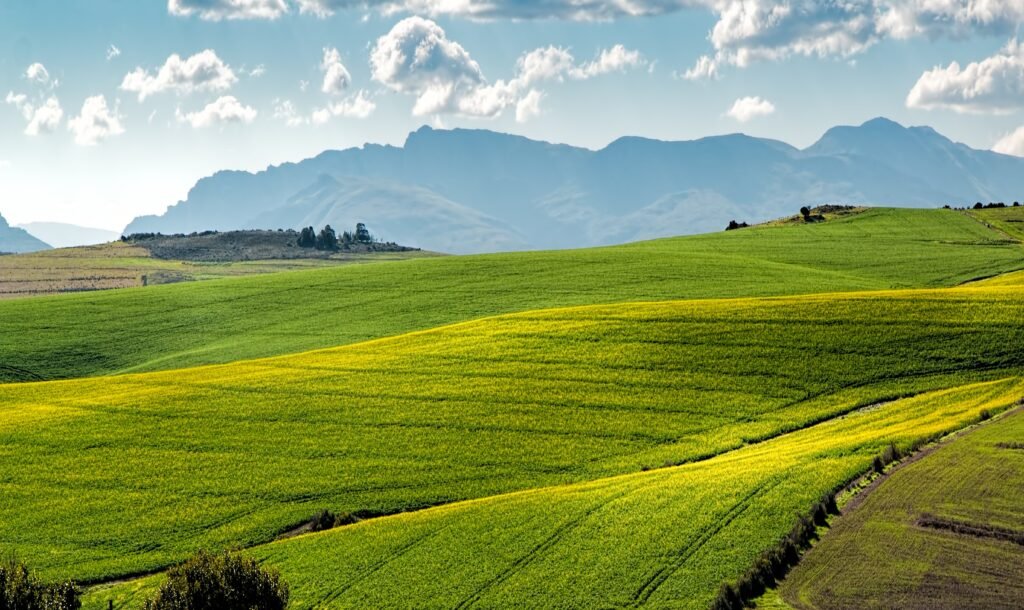
There is the song by ‘The Brother Four’ that says- “Green fields are gone now, parched by the sun. Gone from the valleys, where rivers used to run. Gone with the cold wind, that swept into my heart. Gone with the lovers, who let their dreams depart. Where are the green fields, that we used to roam?” Since the 1990s, Bangalore has been claiming itself as the IT hub of India with an attraction of top IT firms including Microsoft, Dell, Intel, IBM, and Google. This has increased the job opportunities for people from all around the world and high job opportunities has resulted in high migration as well. With all this Bangalore has been nicknamed as India’s ‘Silicon city’. The urban area of the city, known as Bruhat Bangalore Mahanagara Palike (BBMP), is the biggest urban area with an extent of 850 sq. km. By the early 2010s, Bangalore joined Delhi, Mumbai, Kolkata in being another megacity of India. An estimated rise in population had been calculated from 4.3 Million in 2001 to 7.71 Million by the end of 2015. The last estimated growth rise in population was calculated as 4.09% as in 11.44 Million citizens excluding the continuously migrating ones. There is no doubt that living in Bangalore provides a better livelihood than any other city. The expected income is urban areas is better than the rural areas as people are more likely to find a job in the city. Additionally, better educational environment and business prospects also drive people to move to city from the nearby rural areas. An approximate of more than 38% of IT and Industry related job opportunities have been conducted and many international IT companies based out in Bangalore, have been hiring people from other cities as well. According to the data survey, four new companies start business in the city every week and opens with 50,000 new jobs every day. With this rapid increase in population and urbanisation, there has been a rapid growth in infrastructure as well. The city which was once known as the garden city of India, is now losing all its greenery and the green patches due to the rapid increase in urbanisation. In 2003, the percentage of parks and open spaces including lakes and water tanks was approximately 2.5-3%, much lower than 4.4% in 2002. Many of these tanks have now been converted to infrastructures because of rapid urbanization, such as bus stands, stadiums, and playgrounds, etc. Urbanisation might be a boon to the human world but has definitely been a curse to the nature and the nature world. Drilling on the earth, deforestation, building infrastructure and skyscrapers, mobile (a huge reason behind the fall of birds) are the main causes behind the downfall of the city. According to a professor of Christ University, Bangalore, who is also a localite, even during the late 2000s, HSR layout and cities nearby were totally covered with greenery and couldn’t be called as a proper part of the city which has now turned into a proper place with infrastructure and drainage system. This rapid growth in urbanisation has caused in buildings using more and more ground water, resulting in serious water scarcity issues as the city and its residents totally rely on ground water. Ground water contributes to fifty percent of the urban water requirements and eighty percent of the drinking water in rural areas. Due to increasing water consumption in Bangalore, the level of ground water keeps declining. According to the University of Maryland report on Bengaluru, satellite images show that only 34 lakes are visible. This huge amount of water consumption by the urban areas, has caused a problem for the rural areas as they are the ones who are mainly the victims of water scarcity. This arises a problem with a decrease in drinking water as well as in water that is required for irrigation facilities. Farmers are unable to irrigate fields and this causes no income in their families. It has also been noticed that the due to water scarcity, a huge amount of farming lands remain dry and are suffering from drought immensely. Another cause behind people’s migration is the annual moderate weather of the city. The weather of the city remained pleasant through out the year. But today, if one notices, the weather patterns have taken an erratic change and the temperature tends to become extreme at times. According to reports, during 1997, the weather is April would be within the range of 21 to 32 degrees Celsius. In last 20 years Bangalore has seen a rapid change in weather with an average range of 28-34 degrees Celsius which is an increase of 12.5% from the 1997 weather tally. Even in terms of rain, Bangalore got an average of merely 4 mm last April, a remarkable 60% decline in only a decade. A major reason behind all these disasters is the continual decline in green coverage combined with increasing vehicular pollution. The Bangalore government and local environment activists have been taking serious actions by imposing plantation of more tree saplings all around the city. Even though the continuous threat of global warming has been conveyed to on numerous occasions through documentaries and awareness campaigns, the collective action required to control this environmental degradation is yet to occur. The green fields that once was the reason behind the migration of hundreds of residents is no more around and instead all one gets is dried rivers and lakes, buildings and growing infrastructures all around and severe water scarcity and climate change.
